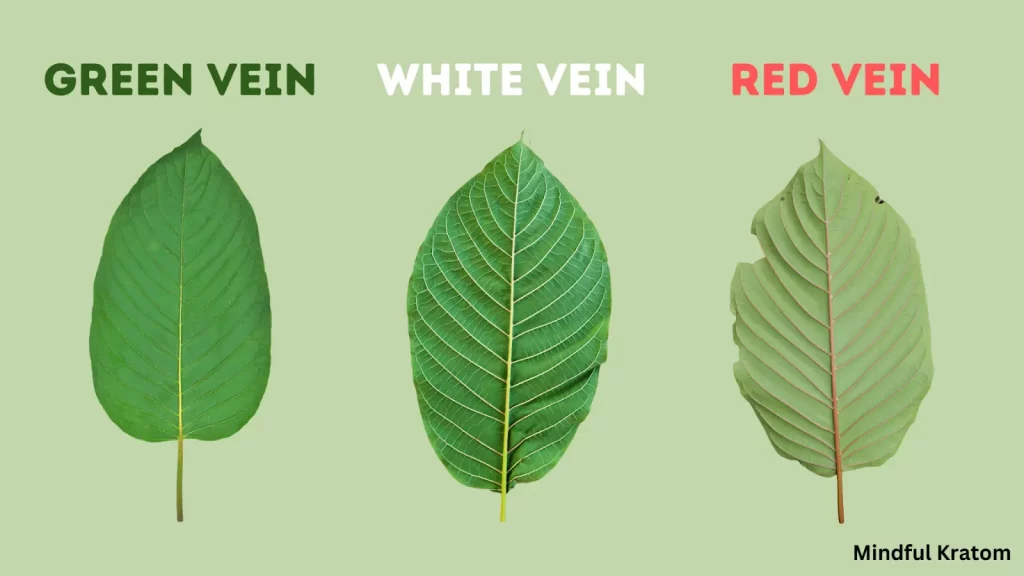
In the realm of natural remedies, Kratom has emerged as a topic of both fascination and controversy. Hailing from Southeast Asia, this botanical substance has gained popularity worldwide for its potential to provide relief from various ailments and conditions.
However, it has also sparked heated debates due to its safety profile and legal status in different parts of the world. This blog overview aims to shed light on the multifaceted nature of Kratom, delving into its origins, uses, effects, and the ongoing discourse surrounding its legality and potential risks.
Origin of Kratom
Kratom, scientifically known as Mitragyna Speciosa, is a tropical tree native to countries like Thailand, Malaysia, Indonesia, and other parts of Southeast Asia. Its leaves have been traditionally used by local populations for centuries as a folk medicine, a stimulant, and even as a recreational substance.
The plant is a member of the coffee family (Rubiaceae) and its leaves contain active compounds, primarily alkaloids, that interact with receptors in the brain and body.
Kratom’s active compounds are alkaloids such as mitragynine and 7-hydroxymitragynine, which interact with opioid receptors in the brain, leading to both stimulant and opioid-like effects, depending on the dose. Because of this, kratom has gained attention as an alternative to prescription opioids for pain management.
Traditional and Modern Uses of Kratom
Kratom’s historical use varies across different cultures. In Southeast Asia, it has been employed to alleviate pain, enhance energy and focus, and manage opioid withdrawal symptoms.
The traditional use of kratom involves chewing the leaves, brewing them into teas, or grinding them into a powder to be consumed. It has been used as a stimulant to increase energy and productivity, as well as for pain relief and relaxation. In some cultures, kratom has also been used in religious or social contexts.
In recent times, Kratom has gained traction as an alternative remedy for chronic pain, anxiety, depression, and even as a way to boost productivity. Advocates suggest that its potential benefits lie in its ability to interact with opioid receptors, similar to how opioids work, but with supposedly milder effects.
Kratom is used by some individuals for its psychoactive effects, which can vary depending on the strain and dosage. Some users seek relaxation, euphoria, or mild altered states of consciousness.
Some users also claim that certain strains of kratom help with anxiety and mood disorders, similar to the traditional use for mood enhancement. However, scientific research on this aspect is limited, and the effects can vary widely between individuals.
Different Strains of Kratom

Kratom is available in various strains, each with its unique characteristics, effects, and potential benefits.
Here are some common varieties of kratom and their associated effects:
Red Vein Kratom
- Red Bali: Known for its relaxing and pain-relieving effects. It’s often used to alleviate anxiety, stress, and chronic pain.
- Red Borneo: Similar to Red Bali, this strain also provides relaxation and pain relief. It’s known for its soothing effects without causing excessive sedation.
- Red Maeng Da: This strain is more stimulating compared to other red veins and is often used for mild pain relief and mood enhancement.
Green Vein Kratom
- Green Malay: Known for its balanced effects, Green Malay provides a blend of energy, pain relief, and mood enhancement. It’s often used for motivation and focus.
- Green Maeng Da: This strain offers a mix of energy and pain relief, similar to Green Malay but with a slightly more stimulating effect.
White Vein Kratom
- White Borneo: White vein strains are generally more energizing. White Borneo is known for its stimulating effects and potential mood enhancement.
- White Thai: Another energizing strain that may provide increased focus, alertness, and motivation.
- White Maeng Da: This strain is considered one of the most stimulating and energizing types of kratom, often used to combat fatigue and boost productivity.
Yellow Vein Kratom
Yellow strains are less common and are often blends of different vein colors. They can offer a balance of effects, depending on the specific combination.
Gold Vein Kratom
Similar to yellow strains, gold strains are also blended. They are known for their balanced effects and may provide mild pain relief and relaxation.
Blends and Extracts:
Kratom blends are combinations of different strains, aiming to achieve a specific balance of effects.
Kratom extracts are concentrated forms of kratom, often much more potent than traditional powdered leaves. They are usually available in tincture or capsule form.
Trainwreck Kratom
Trainwreck Kratom is a unique blend of various kratom strains, including Green, Red, and White strains. This fusion aims to provide a well-rounded kratom experience by combining the benefits of each strain within a single blend.
The effects of Kratom can also vary based on factors like dosage, individual body chemistry, and the specific strain.
Side Effects of Kratom
While kratom has gained popularity as an herbal remedy for pain relief, mood enhancement, and relaxation, it’s important to be aware of potential side effects and risks associated with its use.
- Gastrointestinal Distress: One common side effect of kratom use is gastrointestinal discomfort. This can manifest as nausea, vomiting, constipation, or diarrhea. These symptoms are often reported, especially at higher doses.
- Dependency and Addiction: Regular and prolonged use of kratom can lead to the development of tolerance, dependence, and even addiction.
The alkaloids in kratom can interact with the brain’s opioid receptors, leading to withdrawal symptoms when use is stopped. These symptoms can include cravings, irritability, muscle aches, and mood disturbances.
- Physical and Mental Health Issues: Heavy or prolonged use of kratom has been associated with a range of health problems, including weight loss, insomnia, skin darkening (known as “kratom tan”), and anorexia. Additionally, some individuals may experience anxiety, agitation, or even hallucinations.
- Cardiovascular Effects: Kratom has the potential to affect cardiovascular health. It can lead to an increase in heart rate and blood pressure, which could be problematic for individuals with pre-existing heart conditions.
- Liver Toxicity: There have been reports of cases involving liver toxicity and even acute liver failure associated with kratom use. It’s important to monitor liver function if using kratom regularly, as some individuals may be more susceptible to these effects.
- Interactions with Other Substances: Kratom can interact with other substances, including prescription medications and recreational drugs. These interactions can lead to adverse effects, unpredictable reactions, or reduced effectiveness of medications.
- Cognitive Impairment: At higher doses, kratom can cause sedation and cognitive impairment. This can affect a person’s ability to drive, operate machinery, or perform tasks that require full attention and mental acuity.
Controversies and Safety Concerns of Kratom
The surge in Kratom’s popularity has come with its fair share of concerns. The plant’s status as an herbal supplement rather than a regulated medication has raised eyebrows among medical professionals and regulatory bodies.
The classification of kratom as either a herbal supplement or a controlled substance has sparked intense debates. Advocates argue that kratom should be treated as a natural remedy, while opponents suggest that its opioid-like effects and potential for abuse warrant stricter regulation.
The potential for addiction, abuse, and adverse effects, such as nausea, constipation, and withdrawal symptoms, has fueled skepticism. Moreover, there have been cases of Kratom products being adulterated with other substances, highlighting the need for quality control measures.
Conclusion
Kratom, with its deep-rooted history and complex effects, is a botanical enigma that continues to captivate researchers, enthusiasts, and skeptics alike. Its potential benefits for various conditions are countered by concerns regarding safety, regulation, and legality.
As the discourse around Kratom evolves, it is essential to approach the topic with an open mind, relying on credible information and ongoing research to make informed decisions about its use.
Only through rigorous investigation and informed discourse can we truly unlock the mysteries that Kratom holds and make well-informed decisions about its place in our society.







